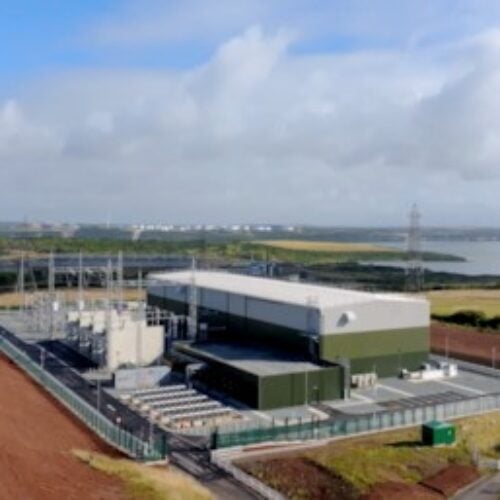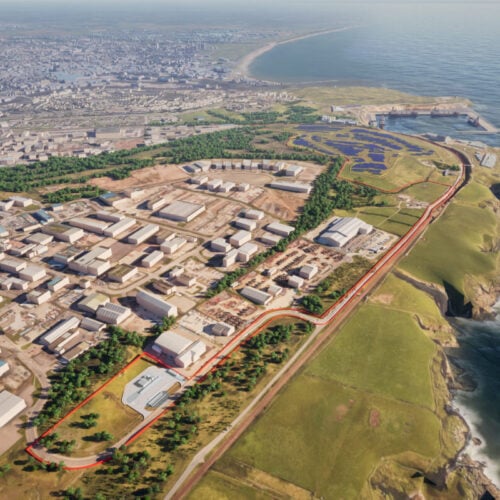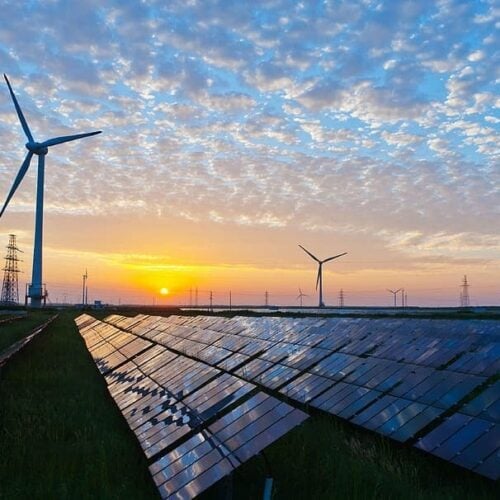Topical at the start of 2020 has been record-high levels of wind power generation. One consequence of this is increased occurrences of negative pricing events – both for imbalance and wholesale prices. In 2019, we had 133 occurrences of negative imbalance pricing events and already 16 in the first two months of 2020.
Negative imbalance prices are not a new feature of the market but are occurring more frequently with greater penetration of intermittent renewables on the system. These typically occur when National Grid Electricity System Operator (ESO) instructs wind generators to turn down due to oversupply of power, often exacerbated at times of low demand such as weekends and overnight.
Prices generally turn negative as most wind farms and biomass plant in GB are in receipt of subsidy payments, which are only payable when the stations are generating. The subsidised generation that is active in the Balancing Mechanism will, therefore, request negative payments from the ESO for any power reduction to compensate them for any lost subsidy revenues. This, in turn, can lead to the creation of negative imbalance prices.
A subsidised plant may also be instructed to turn down for constraint reasons too, meaning actions taken when the transmission system is unable to cope with the power flow over a given piece of the transmission network – a common and well-reported example is the constraint on the Cheviot Boundary between Scotland and England. Constraint actions are not supposed to result in negative pricing events but do tend to occur more when wind output is high and results in increased balancing costs – we revisit this later in the article.
We currently have 13.6GW of onshore wind capacity and 9.0GW of offshore wind operational in the GB market, and this is set to increase by 1GW from April this year, mostly from the commissioning of Hornsea Phase 2 and Phase 3.
However, in the wholesale market, negative pricing occurs much less frequently on the within-day traded market and even less on the hourly day-ahead market. The first occurrence on the day-ahead market was in December 2019 with only one hour of negative prices, but four more hours were observed in February 2020. Figure 1 shows the trend of negative pricing events.
Cornwall Insight’s modelling expects negative day-ahead wholesale pricing events to rise steeply in the early and mid-2020s. Our modelling shows that, under our Centralised Net Zero scenario which sees 53GW of wind operational by 2030 (noting that this could go higher with government’s recent announcement to increase offshore wind capacity to 40GW by 2030), negative pricing could reach up to 400 hours a year by 2024 in a P90 scenario – meaning that 90% of our observations were above this level. Under a P50 scenario, this level could reach 2,721 hours, or over a quarter of the time in the year.
However, as other sectors such as transport and heat progress to Net Zero targets, changes in future supply and demand fundamentals could see the frequency of these events reverse as we move into the 2030s. This stems from an expected uptick in demand from electric vehicles (EVs), as well as from greater penetration of storage capacity and interconnection with neighbouring systems. The ability for demand (from EVs, storage technologies and interconnected markets) to be flexible and respond to low pricing events will act to work against negative prices in this scenario.
A further consequence of increased negative system imbalance prices is an increase in balancing costs which are recovered through Balancing Services Use of System (BSUoS) charges, in which wind constraint costs reached a monthly record high of £30.9 million in January 2020. This was exacerbated by outages on the 2.2GW Western HVDC link, further limiting interconnection between Scotland and England, which has prompted a fresh Ofgem investigation into the recently commissioned link
To address this issue, more transmission capacity between Scotland and England will be required. However, there remains challenges in doing this, including network reinforcement around the length of the investment in transmission and uncertainty in long-term forecasting of usage and need, risking the creation of a stranded asset that still will need to be paid for by the consumer. While more transmission network capacity linking Scotland and England is either planned or in planning, it is unlikely that we will see any commission before 2022.
Additional work being undertaken by National Grid through its Constraints Pathfinder project, in which the ESO is looking at alternative solutions to ease constraints at the lowest cost possible, may result in reducing the requirements for additional network capacity. The Pathfinder will look for solutions above the B6 boundary (Scotland) and between the B8 and B9 boundary (North England to Midlands). The service could either be a single location, taking energy off the system on the exporting side (Scotland) or dual location, which would see energy taken off the exporting side and injection on the importing side (England).
The recent stormy weather and high winds have provided a timely reminder of the impacts of managing large volumes of intermittent power located across a transmission system where investment to reengineer the network and innovations to efficiently operate the system are still in play.





